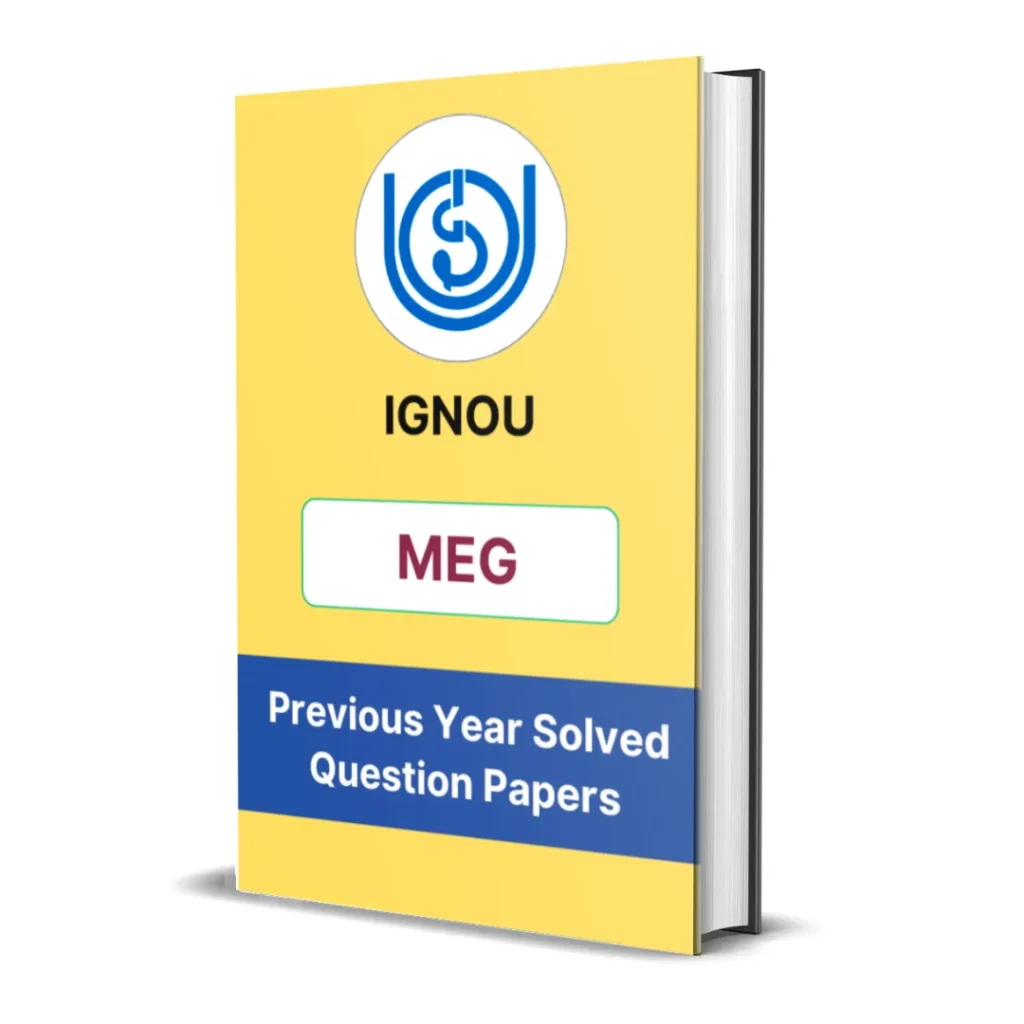MEG-16 Block 3 Summary | Folk Literature: Sources, Characteristics
- Last Updated On October 20, 2025
Table of Contents
Here you will get the detailed summary of IGNOU MEG 16 Block 3 – Folk Literature: Sources, Characteristics, Classifications and Functions.
We have provided the summary of all units starting from unit 1 to unit 5.

Unit 1 – Folk Narrative Poems and Folk Songs
Unit 1 of IGNOU MEG-16 Block 3 focuses on folk narrative poems and folk songs as integral forms of oral literature that preserve the emotions, traditions, and collective history of communities. The unit explores how these poetic and musical expressions narrate tales of love, valor, devotion, and social struggles while celebrating local customs and values.
Folk songs and poems often serve multiple purposes—ritualistic, celebratory, educational, and political—reflecting the rhythms of everyday life. They are characterized by repetition, rhythm, symbolism, and communal participation, making them performative and socially binding. The unit emphasizes that these oral compositions not only entertain but also function as repositories of cultural memory, transmitting social norms and moral values across generations.

Unit 2 – Myths, Legends and Tales
Unit 2 of IGNOU MEG-16 Block 3 focuses on myths, legends, and folk tales as narrative forms that shape cultural consciousness and identity. The unit differentiates between the three—myths as sacred stories explaining origins and divine forces, legends as semi-historical accounts centered on heroes or local events, and folk tales as imaginative narratives meant primarily for entertainment and moral instruction.
These forms reveal the belief systems, fears, and hopes of the people who create them, linking the human and the supernatural. The unit highlights how recurring motifs and archetypes reflect universal concerns, while local variations root the stories in specific cultural and geographic contexts. By studying these narratives comparatively, the unit demonstrates how myths, legends, and tales sustain moral order, reinforce cultural identity, and adapt to new social realities.

Unit 3 – Proverbs, Riddles and Speech
Unit 3 of IGNOU MEG-16 Block 3 focuses on proverbs, riddles, and oral speech as concise and insightful expressions of folk wisdom. The unit explains how these forms distill life experiences into memorable sayings, clever questions, or rhythmic phrases that guide behavior and communication.
Proverbs convey moral lessons and social truths, riddles sharpen intellect through playful challenges, and speech patterns—such as idioms and colloquial expressions—reflect local identity and linguistic creativity. Together, they form the building blocks of oral communication, illustrating how knowledge and philosophy are transmitted without formal education. The unit emphasizes their pedagogical and social functions, showing how these forms sustain oral culture, reinforce community values, and serve as tools for cultural continuity.
Unit 4 – Archiving and Documentation
Unit 4 of IGNOU MEG-16 Block 3 focuses on the preservation and study of folk traditions through archiving and documentation. The unit discusses the importance of collecting oral narratives, songs, and performances to safeguard them from extinction in an era of rapid modernization.
It explains methods such as fieldwork, transcription, translation, and recording, stressing the need for accuracy and cultural sensitivity. The unit also raises questions about authorship, ownership, and authenticity when documenting living traditions. It highlights how archives—whether physical or digital—serve as vital resources for researchers, educators, and communities, helping to maintain cultural heritage while making folklore accessible to wider audiences.

Unit 5 – Adaptation and Interpretation of Folk Literature in Modern Times
Unit 5 of IGNOU MEG-16 Block 3 focuses on the reinterpretation and transformation of folk literature in contemporary contexts. The unit explores how modern writers, filmmakers, and artists adapt folk tales, songs, and myths to address new social and political realities.
It highlights that these adaptations often blend traditional motifs with modern themes, allowing folklore to remain relevant and dynamic. Folk narratives are reimagined to comment on gender, identity, class, and cultural change, showing their flexibility as living art forms. The unit also emphasizes the role of translation, media, and education in bringing folklore to global audiences. Ultimately, it portrays folk literature as an evolving cultural dialogue, where old forms continue to inspire new meanings and creative expressions.